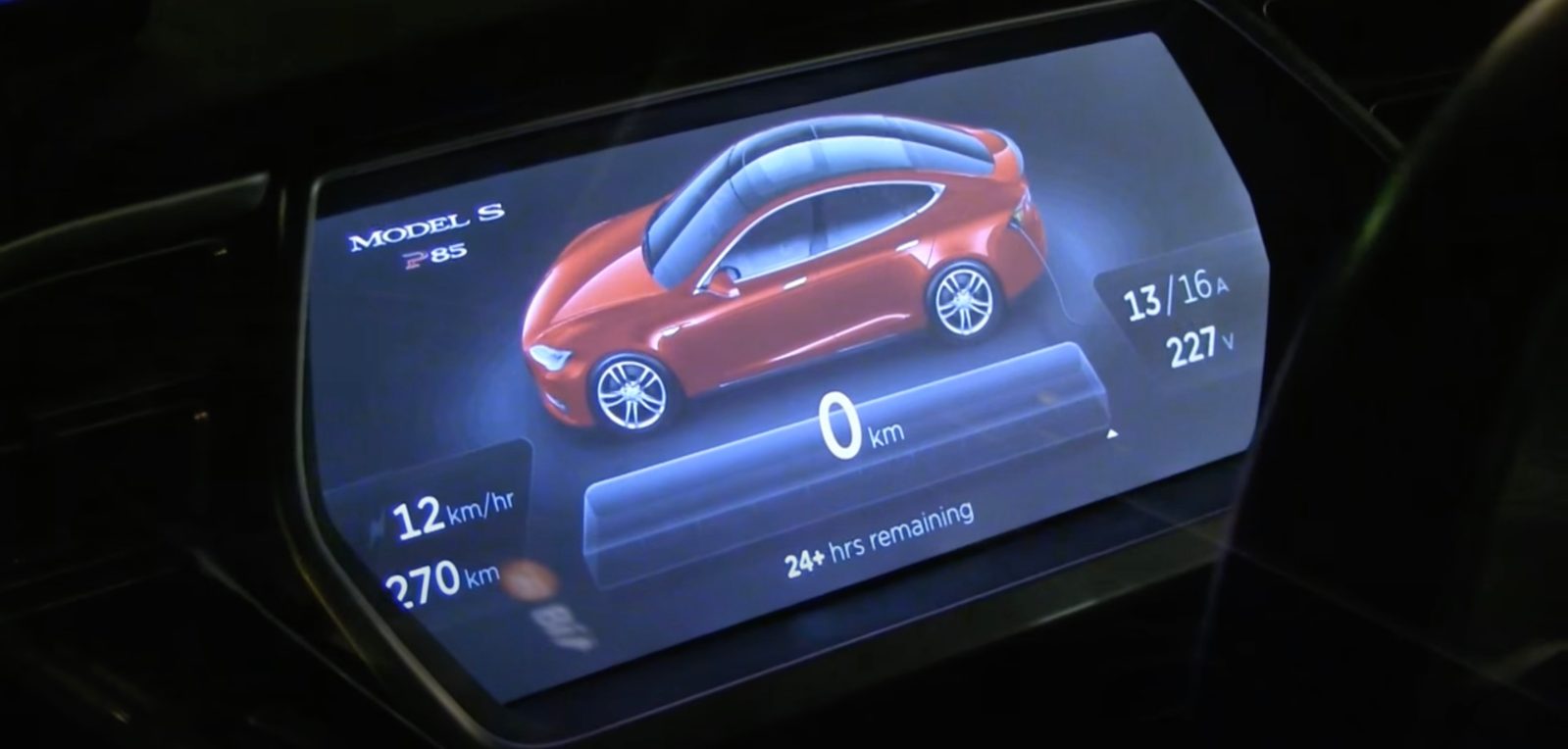
Tesla reveals everything that affects its range calculation.
Range calculations are difficult regardless of the type of powertrain – electric or internal combustion engine.
There are just so many factors that can affect the efficiency of a vehicle on a road that it is hard to determine how far it can go on a full battery pack or tank of gas.
But it is important. I’d argue that accurate range prediction is better at curbing range anxiety than longer range.
Tesla has been a leader in efficiency and long-range electric vehicles for a long time, but despite that, it still has issues predicting the energy consumption of a trip.
When entering a destination in the navigation system, Tesla gives the driver the expected range remaining at the destination, and it is often not exactly what you would expect based on the vehicle’s EPA range, but you shouldn’t have range anxiety as long as the range prediction stays true.
Top comment by Mark Olaf Slot
Road surface.
Once I was on a road trip in the northern part of Finland, suddenly the road turned to a soft gravel/dirt road for the next 70 km or so. I was low on battery and no matter how slow I drove I couldn't improve the consumption. Luckily I arrived at the Levi supercharger about 3 km below zero on the very last electron fumes.
Both I and my car was taken by surprice by the increased rolling resistance of the soft gravel road. Also wet roads in general increase consumption significantly.
Over the last few years, Tesla has invested more into its range calculation and added “crosswind, headwind, humidity and ambient temperature” in a software update last year.
A few months later, it also added tire pressure to the calculation.
Now in a new post on X, Tesla has listed exactly all the factors that go into predicting the range of a specific vehicle on a specific trip:
- Wind speed & direction
- Elevation/grade
- Traffic speed
- Avg acceleration/deceleration
- Ambient temperature
- Humidity & pressure
- Solar load & cloud cover
- Initial battery %
- Initial battery temperature
- Gross combined vehicle weight
- Rolling resistance
- Aerodynamic drag coefficient
- HVAC consumption
- Vehicle-specific energy consumption (bike rack or similar)
- Battery preconditioning
Can you think of anything else Tesla could add to its range calculation? Let us know in the comments section below.
FTC: We use income earning auto affiliate links. More.






Comments